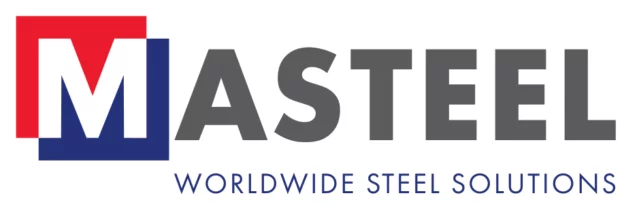304H stainless steel has a high carbon content when compared with 304L. This means that this steel is more suitable to applications at elevated temperatures. Additionally, the high carbon content in 304H stainless steel means that it has a high tensile and yield strength.
Beneficial Properties of 304H Stainless Steel
304H Stainless steel is extremely workable and is often used in high-strength plates and parts for complex features. 304H stainless steel is tolerant of extreme thermal conditions and is extremely durable even under extreme pressure. This material also has a high creep strength in both long and short term.
304H Stainless Steel for Fresh Water Service
Types of stainless steel piping has found successful use across water applications in North America. 304H stainless steel works best in clean, flowing water with flow rates that are higher than 1.5 to 2ft/s (0.5 to 0.6m/s). The performance of materials such as ductile cast iron and carbon steel is limited by high velocities and turbulence in fresh water however they are actually beneficial to the performance of 304H stainless steel.

304H stainless steel has an extremely low corrosion rate, meaning that it does not require the corrosion allowances that are used for ductile cast iron and carbon steel. 304H has a good resistance to many organic and inorganic chemicals which can be found in fresh water and in moderately oxidizing to moderately reducing environments. The high chromium content of 304H stainless steel means that it is resistant to oxidizing solutions like nitric acid as much as 55% weight and 176°F (80°C).
Some fresh water contains organic acids which 304H stainless steel is resistant to due to the nickel present. Whilst 304H stainless steel performs well in fresh water service, it does not perform so well in marine environments as the high levels of salt can cause corrosion.
Fresh water pipes have traditionally been made out of copper, however when copper ends up in soil, it forms a strong attachment to organic matter and minerals. It does not break down in the environment and as such it accumulates in plants and animals when it is found in the soil, meaning the use of copper poses a serious threat to agriculture. 304H stainless steel does not form as strong of an attachment meaning that it is more environmentally-friendly than using copper.
Additionally, copper provides shelter to some microorganisms where the hard oxide layer on stainless steel 304H does not. This means that 304H stainless steel is less likely to promote bacterial growth which could impact fresh water.
If you would like to learn about the various uses of 304H stainless steel you can read about it in our previous post. Alternatively, for any other information regarding 304H stainless steel, contact us today.
